A revisit to Carroll’s Quarry, Ballybeg, 1 May 2023
In the 1950s, this was the Little Bighorn of Ballybeg, with cowboys and Indians waging battle. Camps were made with dried ferns, eggs and potatoes were boiled in an old saucepan over a camp fire. About 100 years before that, Carroll’s stonemasons were carving out the limestone pieces for the O’Connell Monument in Ennis. The Clare Journal of 1863 reported how the stone drum that O’Connell stands on, with the shamrock decoration, was hauled by horses along the Clare Road up to the Height in Ennis. He probably used cut stone from the quarry for some of his other buildings in Ennis. He did build a family vault in Drumcliff with stone from the quarry. A sundial from the Ballybeg stone can be found in Burke’s Crag.
The Western Relief Road from the Clareabbey Roundabout towards the Kilrush Road divided the townland of Ballybeg and ploughed through the quarry, reducing it greatly in size. Carroll also had a fine limestone kiln, now probably across on the west side of the motorway. Although marked on maps, the kiln was not surveyed as part of this work. The old quarry was a child’s paradise. In the cutaway floor of the quarry, springs had created pools of water in which smooth newts thrived and little lizards scurried among the stones. The springs provided a valued source of water for cattle. Mary Moriarty’s goats kept the place in neat order.
All quiet there now. The stonemasons and the cowboys are long gone. Carpeted now with Purple Orchids and cowslips. The walls of the quarry create a suntrap. The Mayflower is beginning to bloom.
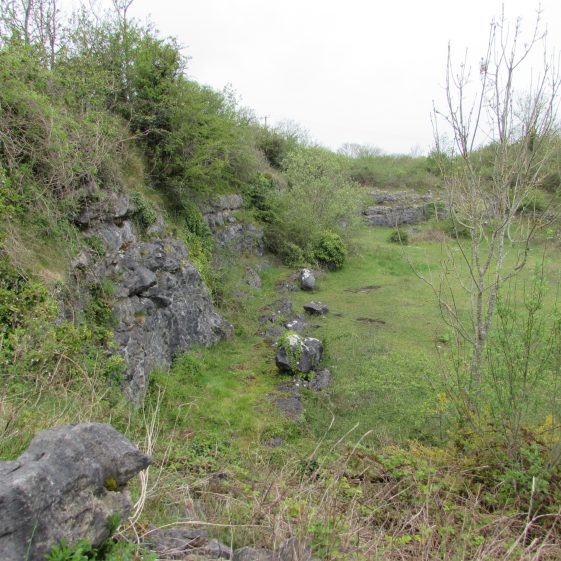
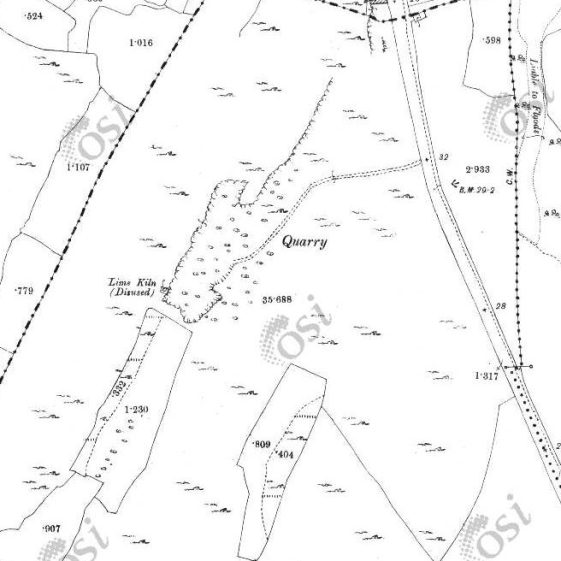
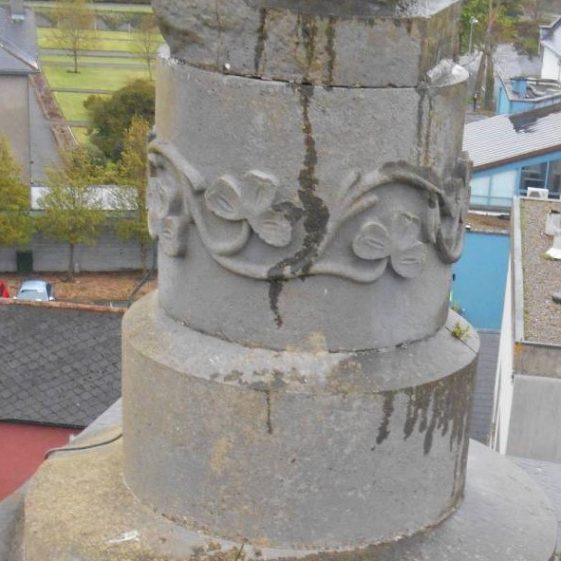


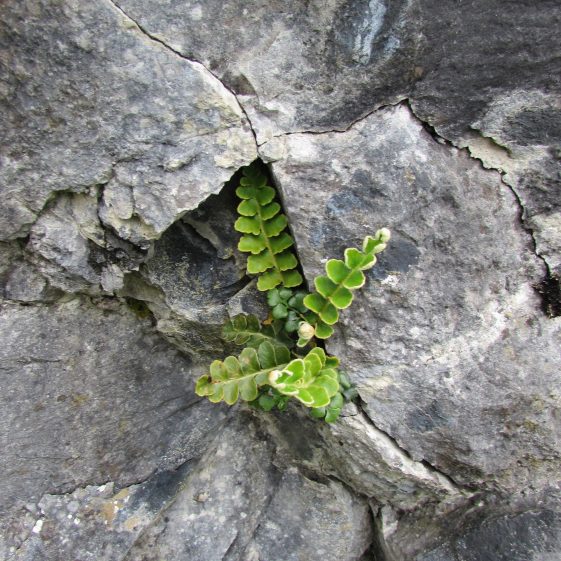
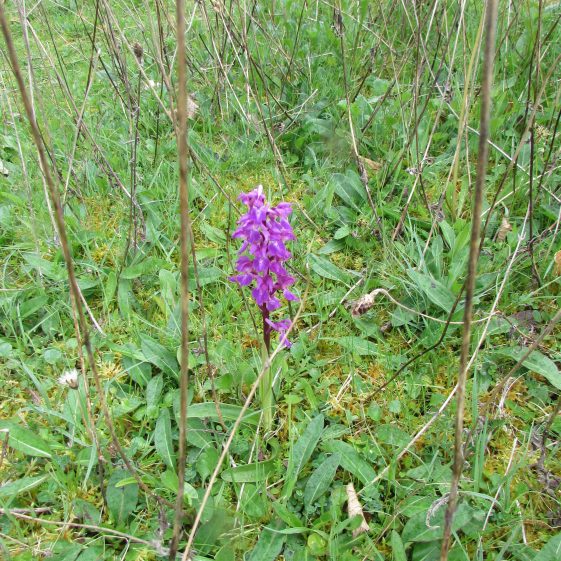
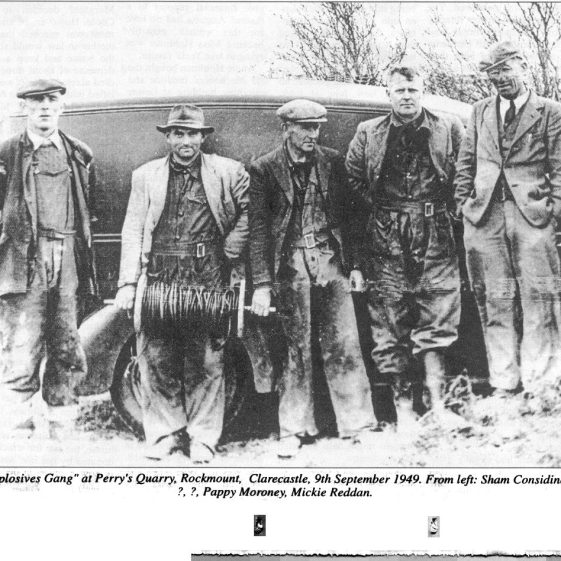
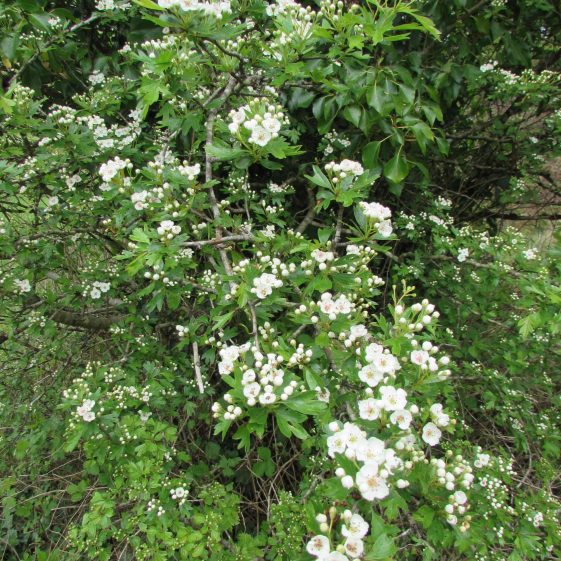


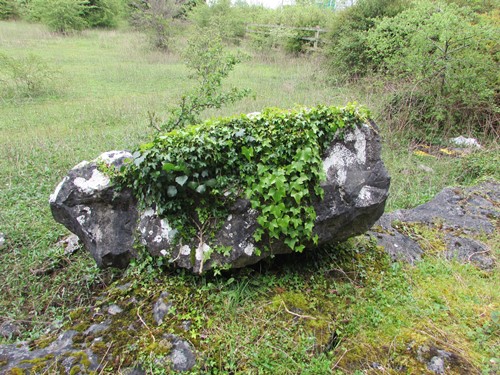

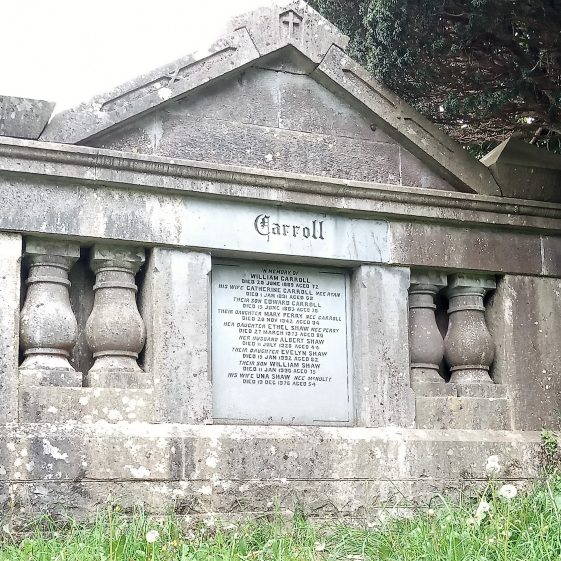
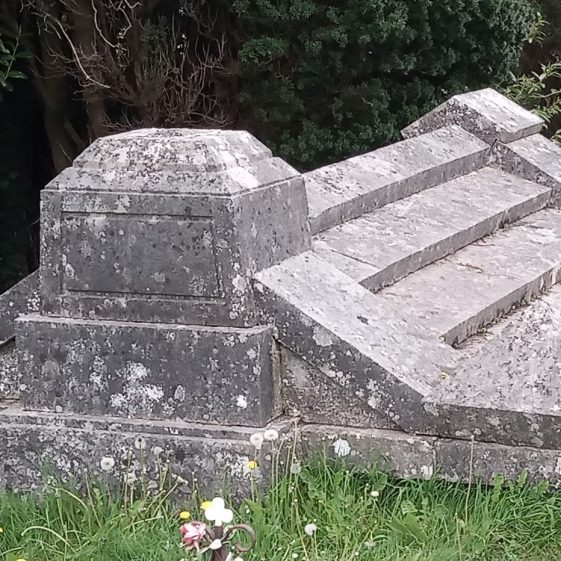





No Comments
Add a comment about this page